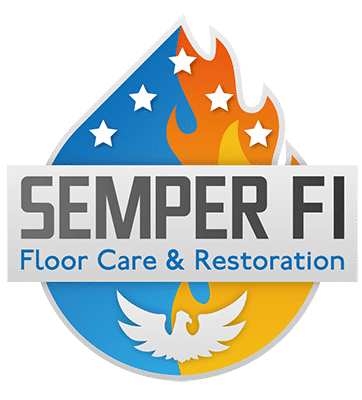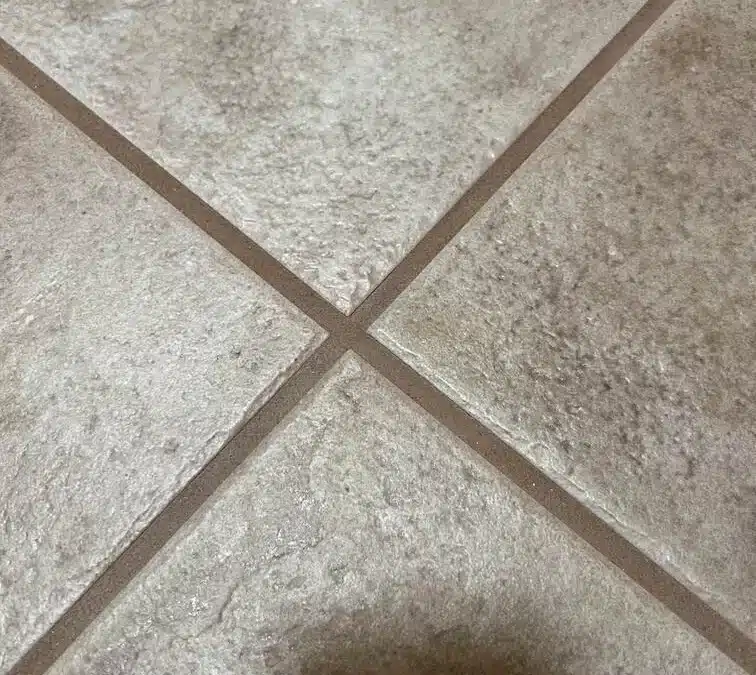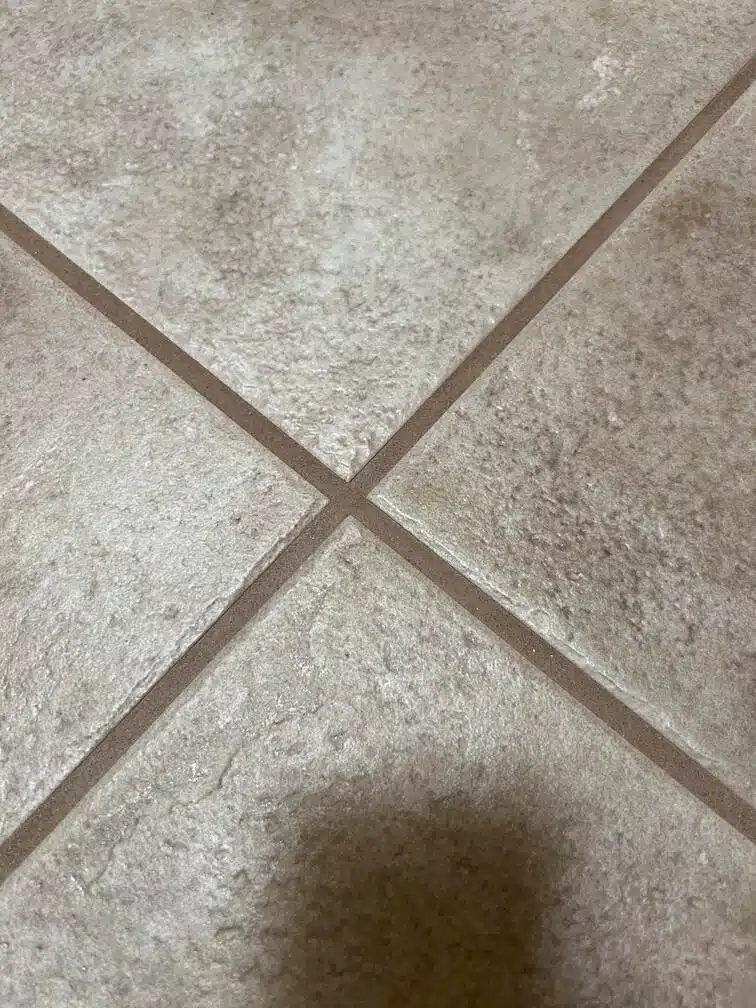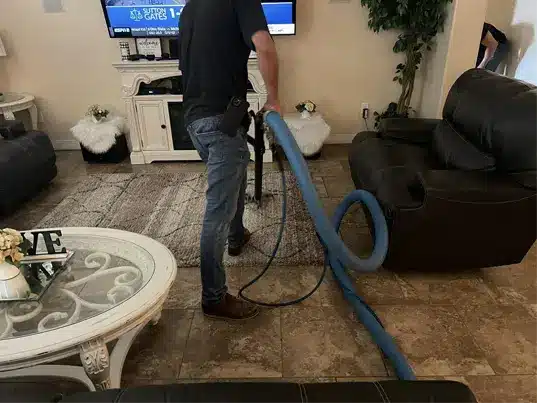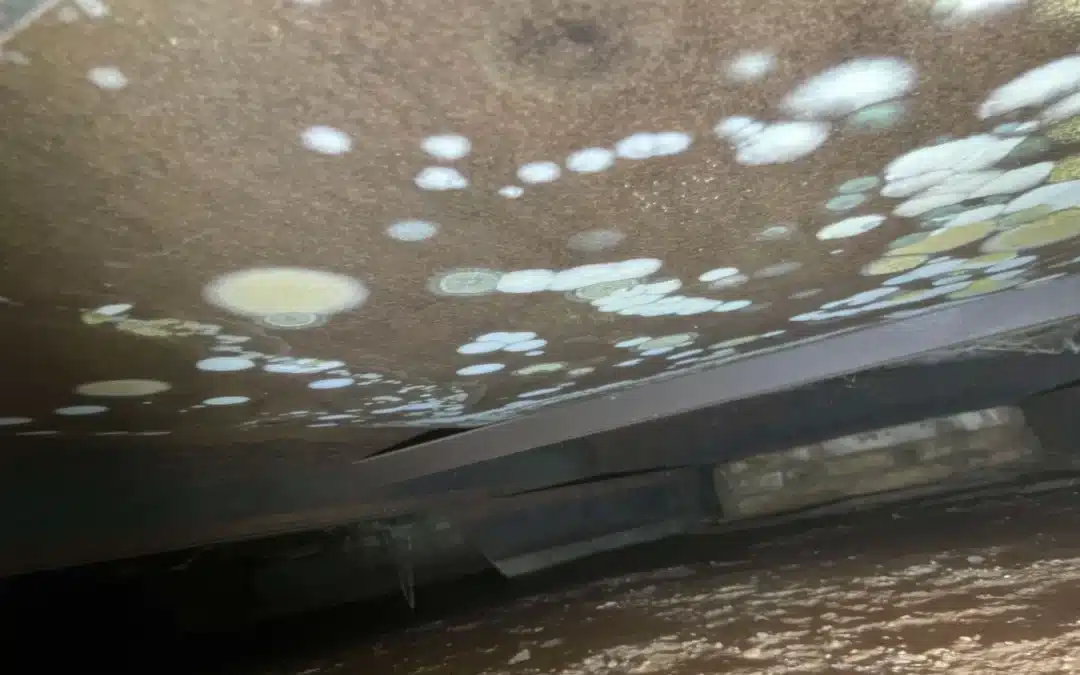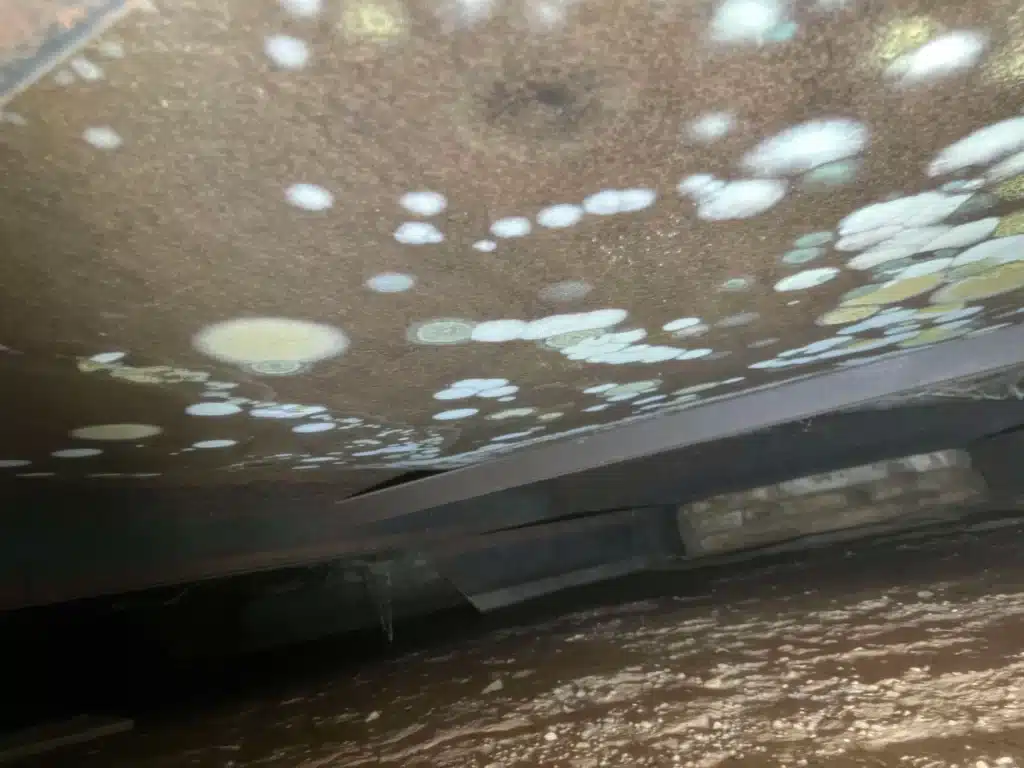Water Damage on Walls: Causes, Signs & Solutions
by @hitedigital | Mar 27, 2025 | Uncategorized
Water damage on walls is a serious issue that can compromise the structural integrity of your property and create hazardous living conditions. If left untreated, it can lead to costly repairs and health risks due to mold growth. At Semper Fi Floor Care and Restoration, we specialize in professional water damage restoration services to protect your home or business from further damage. Call us anytime at (928) 228-4960 for expert assistance.
Common Causes of Water Damage on Walls
Water damage can stem from various sources, including:
1. Plumbing Leaks
Issue: Hidden leaks in pipes behind walls can cause gradual damage and mold growth.
Prevention: Regularly inspect pipes, fix leaks immediately, and install leak detection sensors.
2. Roof Leaks
Issue: Damaged or missing shingles allow water to seep through and affect interior walls.
Prevention: Inspect and maintain your roof regularly, clean gutters, and seal weak points.
3. Flooding and Storm Damage
Issue: Heavy rains and storms can lead to severe water intrusion.
Prevention: Install proper drainage systems, waterproof barriers, and seal foundation cracks.
4. High Humidity and Condensation
Issue: Excessive moisture buildup in bathrooms, basements, and poorly ventilated areas can cause walls to become damp.
Prevention: Use dehumidifiers, ensure proper ventilation, and install moisture-resistant drywall.
5. Cracks in Exterior Walls
Issue: Structural weaknesses allow water penetration.
Prevention: Regularly inspect for cracks and seal them with waterproof caulking or coatings.
6. Appliance Leaks
Issue: Dishwashers, washing machines, and water heaters can leak and cause damage to nearby walls.
Prevention: Inspect appliances for leaks, replace worn-out hoses, and use water leak detectors.
7. HVAC Issues
Issue: Improperly maintained air conditioners and ventilation systems can produce condensation that seeps into walls.
Prevention: Clean AC condensate lines regularly and ensure proper insulation around HVAC ducts.
Signs of Water Damage on Walls
Early detection can help prevent severe damage. Look out for these warning signs:
-
Discoloration & Stains – Yellow or brownish marks on walls indicate water infiltration.
-
Peeling or Bubbling Paint – Moisture behind walls causes the paint to separate.
-
Soft or Warped Drywall – Walls that feel spongy suggest prolonged water exposure.
-
Musty Odors – A damp, unpleasant smell often signals mold growth.
-
Mold & Mildew Growth – Dark spots or fuzzy textures on walls indicate excessive moisture.
-
Efflorescence – White, powdery residue on brick or concrete walls is a sign of water seepage.
The Dangers of Ignoring Water Damage
Delaying water damage repairs can lead to serious consequences, including:
-
Structural Damage – Weakening of drywall, wood framing, and flooring.
-
Mold Infestation – Mold spores thrive in moist conditions, causing health hazards.
-
Electrical Hazards – Water exposure near outlets and wiring increases fire risks.
-
Decreased Property Value – Extensive water damage reduces the resale value of your home.
-
Costly Repairs – The longer you wait, the more expensive restoration becomes.
Steps to Address Water Damage on Walls
1. Identify and Fix the Source – Locate the water intrusion point and repair it immediately.
2. Dry the Affected Area – Use dehumidifiers, fans, and proper ventilation to eliminate moisture.
3. Assess the Extent of Damage – Inspect walls, floors, and ceilings for further damage.
4. Mold Remediation – If mold is present, professional remediation is necessary.
5. Repaint and Restore – Once completely dry, repair and repaint damaged areas.
6. Prevent Future Issues – Routine inspections and maintenance can help avoid recurring water damage.
Why Choose Semper Fi Floor Care and Restoration?
-
24/7 Emergency Response – We are always available for urgent water damage situations.
-
Veteran-Owned & Operated – Dedicated to providing professional, reliable service.
-
Licensed & Certified Technicians – Trained experts equipped with advanced restoration techniques.
-
State-of-the-Art Equipment – High-powered dehumidifiers, air movers, and moisture meters ensure thorough drying.
-
Comprehensive Restoration Services – From water extraction to complete repairs, we handle it all.
-
Fast & Efficient Service – We prioritize your safety and property protection by responding quickly to minimize damage.
Don’t let water damage compromise your home or business. Our expert team is ready to restore your walls and protect your property. Call us now at (928) 228-4960 for fast, reliable service!
For more information on our services, visit our website or follow us on social media. We are committed to providing the highest quality restoration solutions to keep your home safe and dry.
Frequently Asked Questions (FAQs) – Water Damage on Walls
1. How can I tell if my walls have hidden water damage?
Water damage isn’t always obvious. Signs include stains, peeling paint, warped drywall, musty odors, and increased humidity. If you suspect hidden water damage, call Semper Fi Floor Care and Restoration at (928) 228-4960 for an expert inspection.
2. How quickly does mold start growing after water damage?
Mold can start developing within 24-48 hours after water exposure, especially in humid conditions. Immediate drying and moisture removal are crucial to prevent mold growth.
3. What should I do immediately after discovering water damage on my walls?
-
Identify the source – Check for plumbing leaks, roof issues, or condensation buildup.
-
Turn off water supply (if necessary) – If a pipe is leaking, shut off the main water valve.
-
Remove excess water – Use towels, fans, or a wet vacuum to absorb standing water.
-
Improve ventilation – Open windows and use dehumidifiers to prevent mold growth.
-
Call a professional – Semper Fi Floor Care and Restoration offers 24/7 emergency services to restore your walls quickly. Call (928) 228-4960 for immediate assistance.
4. Does homeowner’s insurance cover water damage on walls?
Coverage depends on the cause of damage. Sudden and accidental water damage (like a burst pipe) is usually covered, while gradual leaks and high humidity damage may not be. Check with your insurance provider.
5. How long does the water damage restoration process take?
-
Minor damage – 1 to 3 days
-
Moderate damage – 3 to 7 days
-
Severe damage – 1 to 3 weeks
6. Can I fix water damage on my walls myself?
DIY methods can help with minor issues, but hidden moisture can lead to mold and structural weakening. Professional restoration ensures thorough drying and long-term prevention.
7. What are the long-term risks of ignoring water damage?
-
Mold infestation – Causes health problems.
-
Structural damage – Weakens drywall and wooden studs.
-
Electrical hazards – Water near outlets increases fire risks.
-
Costly repairs – Small leaks can turn into major restoration projects.
8. How can I prevent future water damage on my walls?
-
Regular plumbing inspections
-
Roof maintenance
-
Proper ventilation
-
Foundation sealing
-
Appliance maintenance
-
Smart leak detectors
Semper Fi Floor Care and Restoration offers waterproofing solutions and routine inspections to protect your property. Call (928) 228-4960 today!
